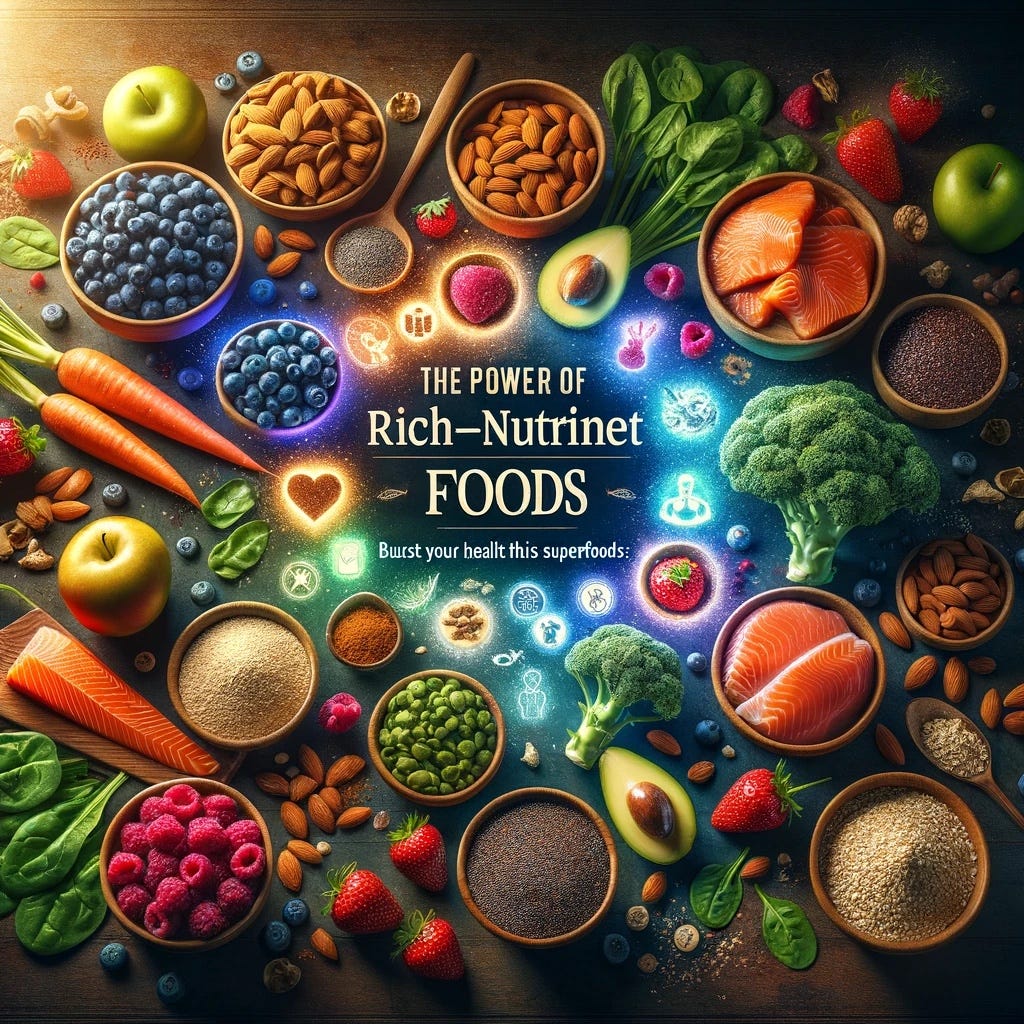- 10
- Jul
- 0

Discover the Nutrient Power of These Foods
Anthocyanins, a type of antioxidant found in various fruits and vegetables, contribute significantly to heart health, support brain function, and help regulate blood sugar levels. These phytonutrients, although not essential, add substantial health benefits, providing cellular protection against diseases. Embracing a diet rich in purple-hued foods introduces a wealth of nutrients, with anthocyanins playing a key role. From plums to beets, these vibrant options offer visual delight and numerous health benefits, enhancing overall well-being and disease prevention.
Plums: Anthocyanin-Rich Delights
Plums, celebrated for their deep purple tones, are a prime source of anthocyanins. The intensity of their color directly correlates with higher anthocyanin content. When plums reach optimal ripeness, their nutritional value is at its peak, with the peels boasting up to 20 times more antioxidants than the inner flesh.
Berries: A Spectrum of Benefits
Berries, ranging from blueberries to black currants, provide diverse anthocyanin benefits. Scientific studies link these compounds to improved cognitive function and mood. Anthocyanins in berries may enhance communication between brain cells, underscoring their brain-boosting potential.
Potatoes: Purple Powerhouses
Purple-skinned and fleshed potatoes are notable for their anthocyanin content, containing 2-3 times more antioxidants than their white counterparts. These potatoes are also rich in potassium, magnesium, vitamin C, and fiber, offering a well-rounded nutritional profile.
Red Cherries: Cardiovascular and Joint Health
The dark, rich color of red cherries indicates a high anthocyanin content, which may benefit cardiovascular health by helping maintain healthy blood pressure and flexible blood vessels. Additionally, cherries show promise in addressing joint issues like osteoarthritis and gout.
Grapes: Beyond Resveratrol
Grapes, especially those with red to black hues, contain anthocyanins and resveratrol, a nutrient linked to cellular protection. Resveratrol, found in grape skins and responsible for red wine’s color, helps safeguard cells from disease-related damage.
Cauliflower: A Surprising Source
While typically white, cauliflower can turn purple due to a specific gene that promotes anthocyanin accumulation. This colorful variety offers phytonutrients, vitamin C, and essential minerals. Whether steamed, stir-fried, microwaved, or consumed raw, purple cauliflower retains its nutrient richness.
Red Cabbage: Enhanced Absorption Through Cooking
Red cabbage presents anthocyanins that may be more accessible through cooking. Fermented options like sauerkraut or kimchi provide natural probiotics, supporting the gut microbiome. A healthy microbiome aids in fighting germs, nutrient absorption, digestion, and mood regulation.
Beets: Betalains for Multiple Health Benefits
Distinct from anthocyanins, beets derive their vibrant color from betalains. These antioxidants contribute to heart health, support brain function, and help regulate blood sugar. Steaming beets, rather than roasting, preserves their nutritional integrity.
Colorful Foods for Better Health
Incorporating a variety of colorful, anthocyanin-rich foods into your diet can significantly enhance your overall health. These foods not only provide essential nutrients but also offer additional benefits, such as improved cognitive function, cardiovascular health, and better blood sugar regulation. For optimal health, consider adding these vibrant foods to your meals, ensuring a balanced and nutrient-rich diet.
Conclusion:
Always consult with your doctor or a healthcare professional before making significant dietary changes for health. They can provide personalized guidance based on your medical history and current health status.

Leave a Comment
You must be logged in to post a comment.